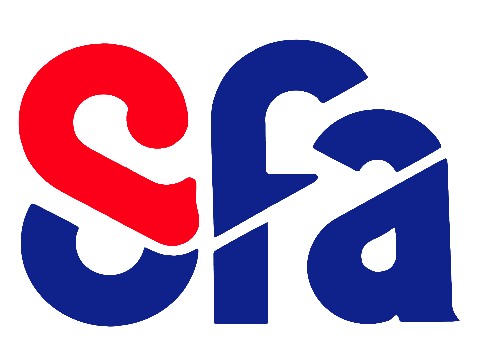Respiratory Muscle Recruitment and their Correlates with Pulmonary Volumes and Flute Musical Tasks
Résumé
In order to produce sound on a wind instrument, the respiratory system and muscles contract or relax to create the required pressure, flow and velocity for each instrument (Bouhuys, 1977, Brown, 1990). In the case of low pressure instruments, researchers agree that some inspiratory muscles are recruited as antagonists during the expiratory phase (Bouhuys, 1977, Roos, 1936). Only few studies actually measured the respiratory muscle recruitment during wind instrument playing (Berger, 1968, Cossette et al. 2000, 2008). The authors' study (2008) reported that flute 'breath support', which is associated with high quality playing, entails antagonistic contraction of non-diaphragmatic inspiratory muscles. The rib cage is held at higher lung volume during long legato phrase playing. Relieved from the task of producing the right mouth pressure, especially at lower lung volume, the expiratory muscles contribute more to the finer control of mouth pressure modulations. Furthermore, during 'support', the lung volume at which playing a phrase ends is usually above Functional Residual Capacity (FRC) and rarely far below it. The strong expiratory muscle pressures required to play the flute at low lung volumes are generally avoided, while advantage is taken of the high relaxation pressures at high lung volumes. For this study, we compared the respiratory patterns and muscle recruitment above and under FRC while four standing young professional flautists' were performing melodies and long tones with and without 'breath support' at different intensities. These musical tasks required the performers to use most of their vital capacity during loud playing. Recordings included optoelectronic plethysmographic measurements of the chest wall volume and its compartments, surface electromyography of the respiratory muscles (scalene, lateral abdominal, rectus abdominus, and sternocleidomastoid), mouth pressure, and sound. Preliminary analysis suggests that volume (rather than time only), condition (with/without support), as well as intensity (forte/piano) are all determinants of muscle activation.
| Origine | Accord explicite pour ce dépôt |
|---|
Loading...


